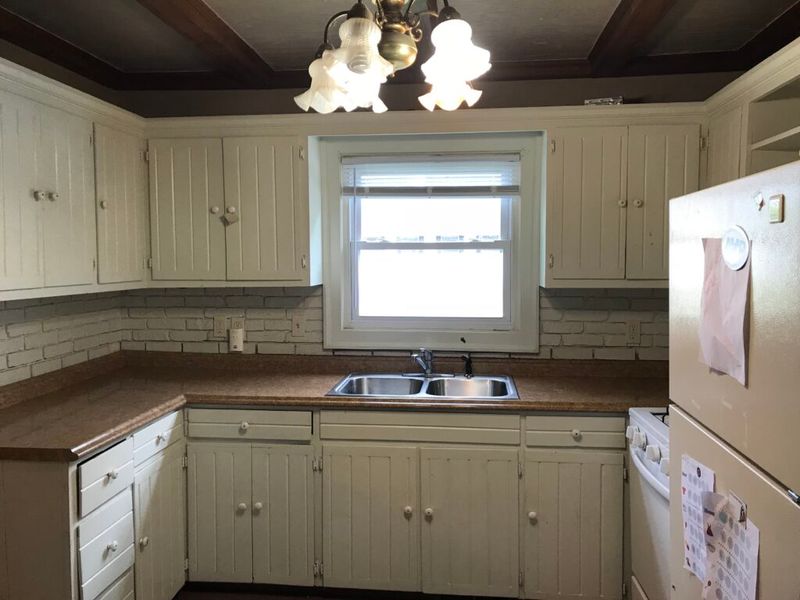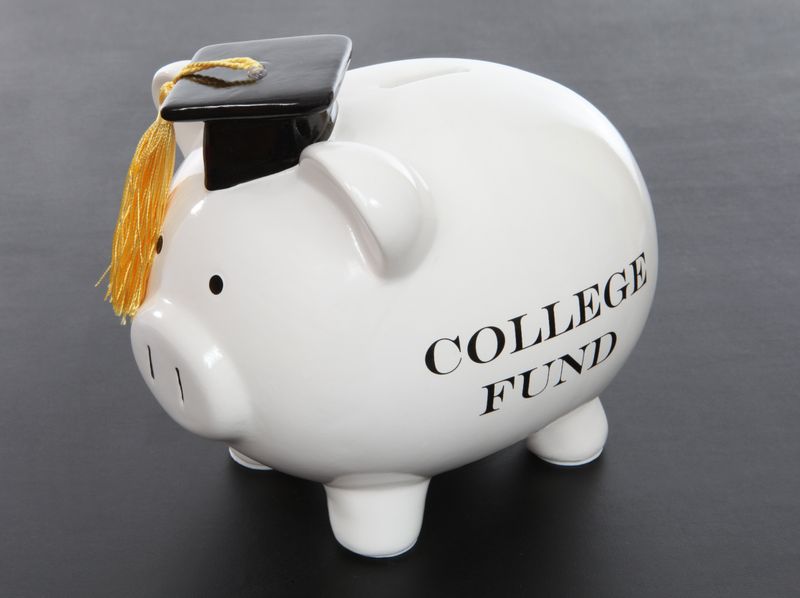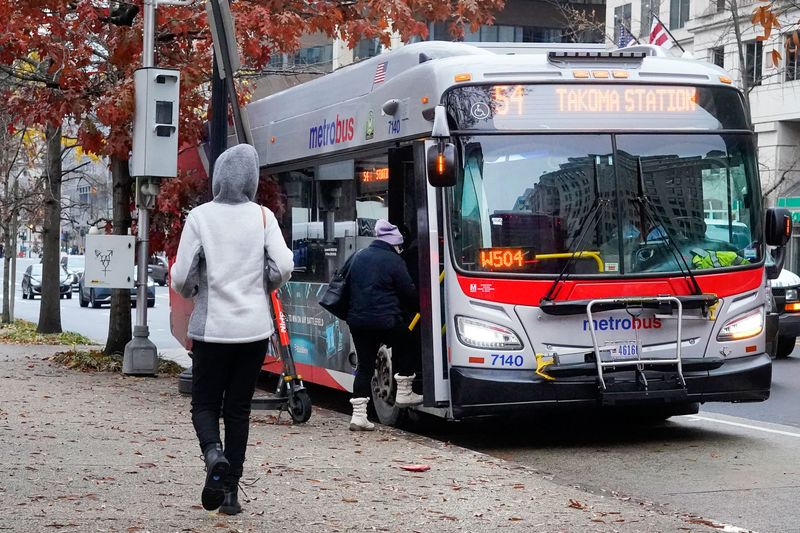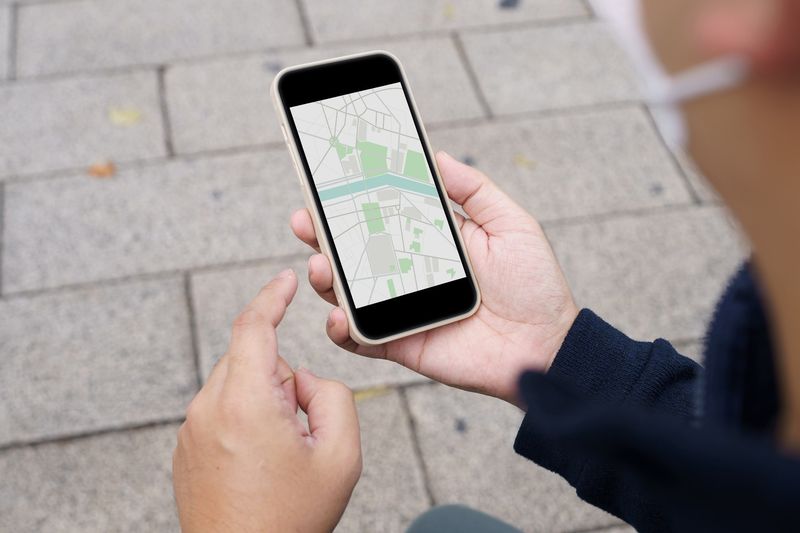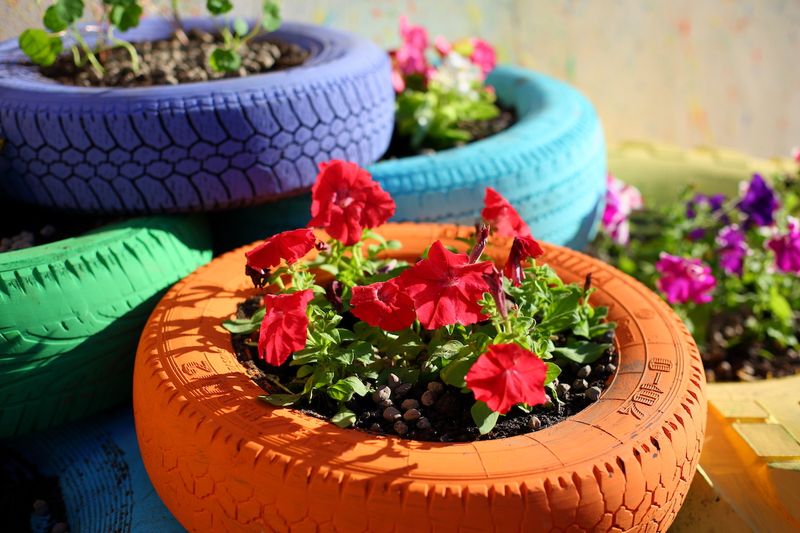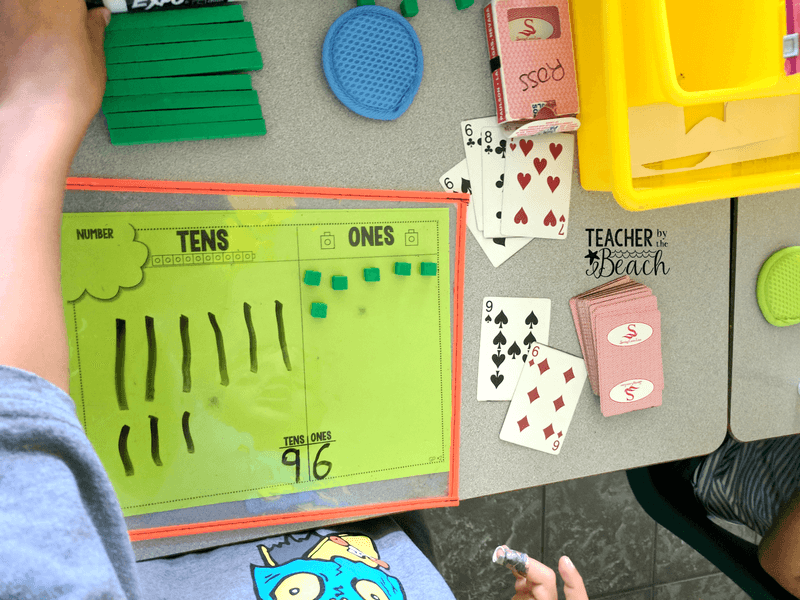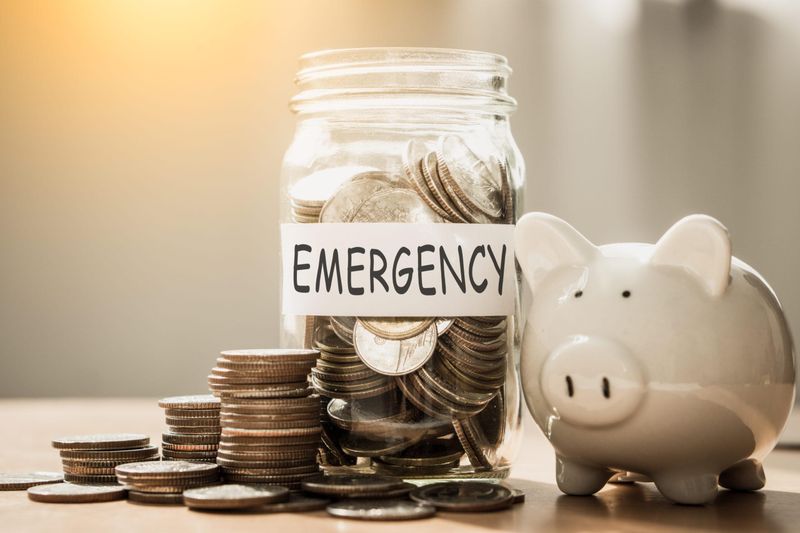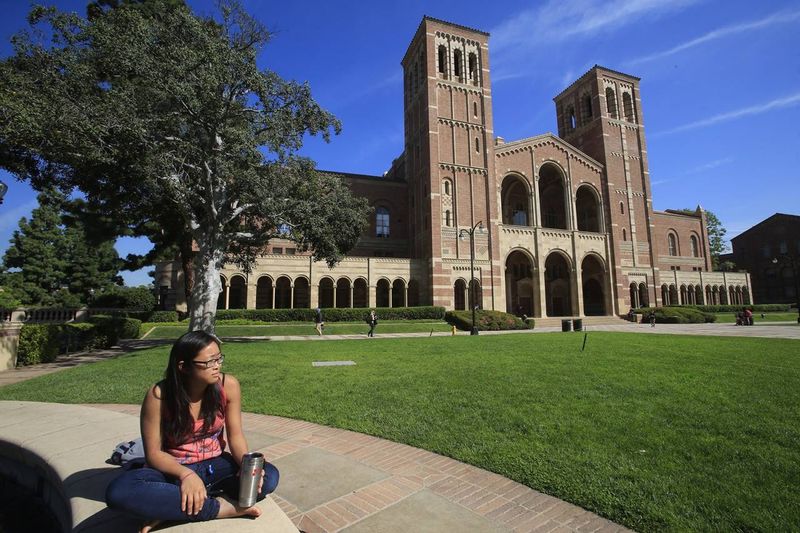Raising kids in a world where debt feels almost unavoidable? Yeah, we felt that pressure too. So, as a family, we made a choice—not just to talk about financial freedom, but to actually live it. That’s meant doing things differently, shifting our priorities, and yes, making some real sacrifices along the way.
Da cutting out unnecessary luxuries to changing how we think about money altogether, these choices haven’t always been easy—but they’ve been worth it. Every decision is a step toward making sure our kids aren’t weighed down by loans, credit cards, or financial stress later in life.
This is what it looks like when a family decides to invest in peace of mind instead of keeping up with the noise.
1. Downsizing to a Smaller Home
Financial burdens you face after loved ones pass is no joke, so our family’s decision to downsize to a smaller home was easy. By moving into a modest-sized house, we’ve managed to cut down on mortgage payments and utility bills, freeing up money for savings and investments in our children’s future.
Living in a cozier space has encouraged us to declutter and focus on what truly matters—our time together. Our kids learned about the importance of financial planning from this experience, understanding that comfort doesn’t always come from the size of a house.
We share laughter in shared spaces, and our smaller home has brought us closer, both literally and figuratively. It’s these moments that create a nurturing environment for our children, free from the looming shadow of debt.
2. Choosing Used Cars Over New Ones
Our family has embraced the practical choice of buying used cars instead of new ones. This decision not only saved us a significant amount of money but also allowed us to allocate more funds to our children’s future needs.
Choosing a reliable, pre-owned vehicle has proven to be both cost-effective and sensible. We’ve discovered that cars depreciate quickly, and opting for a slightly older model ensures we avoid the steep depreciation curve.
Our kids have learned to appreciate the value of money and the importance of making informed financial decisions. This approach not only keeps our expenses in check but also sets a strong example for the next generation, showing them that quality doesn’t always equate to a hefty price tag.
3. Skipping Annual Luxury Vacations
Instead of splurging on annual luxury vacations, our family has opted for simpler, more meaningful getaways. By choosing local adventures and camping trips, we save a substantial amount of money, which we redirect towards our children’s future.
These trips not only strengthen our family bond but also introduce our children to the beauty of nature and the joy of discovering new places close to home. We find that these experiences create lasting memories, far richer than any extravagant resort could offer.
Our children know to appreciate the simple pleasures of life, understanding that happiness doesn’t always come with a hefty price tag. By forgoing luxury travel, we ensure that our family’s financial priorities align with long-term security and peace of mind.
4. Delaying Major Home Renovations
We’ve made a deliberate choice to delay major home renovations, focusing instead on long-term financial stability. Rather than investing in aesthetic upgrades, we prioritize saving and paying down debt, ensuring a more secure future for our children.
This decision helps us avoid unnecessary financial strain and teaches our kids the importance of prioritizing needs over wants. By maintaining our home and making necessary repairs instead of major remodels, we allocate resources towards more critical financial goals.
Kids have learned that a beautiful home isn’t defined by luxurious features, but by the love and stability that fills it. This approach fosters a mindset of financial responsibility and prepares them for a future where they prioritize financial health over material desires.
5. Cutting Back on Dining Out
My husband and I don’t always agree on everything money-related. But you can still make a relationship work even with conflicting financial views. And while the occasional restaurant visit is a treat, cooking at home has become a cherished family activity.
Preparing meals together has fostered teamwork and creativity in our kitchen, turning dinnertime into a delightful experience. Plus, the savings from dining in have allowed us to contribute more to our children’s education funds and future financial needs.
We taught our kids valuable cooking skills, and the importance of budgeting, realizing that meals made with love can be just as satisfying as restaurant fare. This simple choice reflects our commitment to financial well-being and provides us with more opportunities to invest in our children’s futures.
6. Using Hand-Me-Downs Instead of Buying New
In our household, hand-me-downs have become a symbol of resourcefulness and sustainability. Rather than buying new clothes and toys, we embrace gently used items passed down from friends and family.
This practice not only saves money but also teaches our children the value of reusing and recycling. They learn to appreciate the items they have, understanding that new doesn’t always mean better.
By valuing hand-me-downs, we instill a sense of gratitude and creativity in our kids. They see the potential in pre-loved items and understand the impact of conscious consumption on their future. This choice ensures that we can allocate more resources towards their education and financial stability.
7. Saying No to Private School Tuition
Our decision to choose public education over private school tuition reflects a thoughtful approach to financial planning for our children’s future. By opting for excellent local public schools, we avoid the significant expense of private education, ensuring we can save more for college and other financial goals.
This choice allows us to focus on providing enrichment through extracurricular activities and family experiences, supplementing their education beyond the classroom. Our children benefit from diverse social interactions and a well-rounded learning environment.
They learn that education is not solely defined by its cost, but by the opportunities and experiences it provides. By prioritizing financial stability, we set an example for our children to value the quality of education over prestige, preparing them for a future where financial freedom takes precedence.
8. Taking on Extra Jobs or Side Hustles
To boost our savings and contribute to our children’s education funds, I’ve embraced the hustle culture by taking on extra jobs and side gigs. This decision reflects my unwavering commitment to providing a debt-free future for my kids.
From freelancing projects to weekend gigs, these additional income streams allow us to pay down existing debts and invest in our children’s futures. It shows our kids the value of hard work and the importance of setting financial goals.
Juggling multiple responsibilities can be challenging, but it also brings a sense of accomplishment, knowing that each effort contributes to a more secure future. Our children witness the dedication and resilience needed to achieve financial independence, inspiring them to work towards their dreams.
9. Living on a One-Income Budget
Despite having dual incomes, we’ve made the conscious choice to live on a one-income budget. This decision allows us to build a financial cushion, ensuring that our children can grow up without the shadow of debt looming over them.
By carefully planning our expenses and prioritizing needs over wants, we’ve learned to make the most of our resources. This lifestyle choice teaches our kids the importance of living within their means and the value of saving for the future.
Living on a reduced budget encourages creativity and resourcefulness, helping us find joy in simple pleasures. Our children learn that financial security doesn’t come from extravagant spending but from wise choices and thoughtful planning, paving the way for a debt-free future.
10. Moving Closer to Public Schools or Colleges
We’ve strategically relocated to be closer to excellent public schools and colleges, a decision that reflects our long-term financial planning for our children’s education. By reducing commuting costs and avoiding hefty tuition fees, we ensure more funds are available for their future needs.
This move also provides our children with access to quality education and diverse opportunities within the community. They benefit from shorter commutes, more time for extracurricular activities, and a supportive learning environment.
By prioritizing education and financial stability, we demonstrate the importance of thoughtful decision-making. Our children learn that strategic choices can shape their future, ensuring that they enter adulthood with financial freedom and a strong educational foundation.
11. Paying Off Our Own Debts First
Debt is one of the main financial red flags that can even lead to divorce (especially when you keep it secret). So we’ve made it a priority to pay off our own debts, ensuring that our financial burdens don’t trickle down to our children.
By clearing our debts, we create a stress-free environment that allows us to focus on building savings and investing in our children’s futures. This approach teaches our kids the value of living debt-free and the freedom it brings.
Our children witness the impact of financial discipline and learn that a secure future starts with eliminating financial liabilities. This choice empowers them to make smart financial decisions as they grow, ensuring they inherit a legacy of financial stability.
12. Saving for College Instead of Retirement
In a bid to provide our children with a debt-free start, we’ve chosen to prioritize saving for college over our own retirement. This trade-off comes with emotional and practical weight, as we balance our future security with our children’s education.
By focusing on building a substantial education fund, we ensure that our children can pursue their academic dreams without the burden of student loans. Our sacrifice instills a sense of appreciation and responsibility in our kids.
They learn about the importance of education and the impact of financial planning. While this choice may delay our retirement plans, it offers our children the chance to build a strong educational foundation and a financially secure future, free from debt.
13. Avoiding Expensive Gifts During Holidays
We’ve embraced a more thoughtful approach to holiday gifting, choosing to avoid expensive presents in favor of meaningful, heartfelt alternatives. By focusing on homemade gifts and shared experiences, we save money while creating cherished memories.
This decision allows us to allocate more funds towards our children’s future. They learn that the true spirit of celebration lies in love and togetherness, not in material possessions. And yes, there are many affordable 18 birthday ideas that will keep you within your budget.
Celebrating the holidays with modesty and creativity fosters a sense of appreciation and contentment in our children. It demonstrates that the joy of giving and receiving comes from the heart, and that financial security is a valuable gift for the future.
14. Opting for Public Transit Over a Second Car
In an effort to cut costs and save for our children’s future, we’ve opted for public transit instead of owning a second car. This decision reduces expenses related to maintenance, insurance, and fuel, allowing us to allocate more funds towards our children’s education.
Using public transportation also provides an opportunity for our family to spend quality time together during commutes, turning travel time into bonding moments. Our children learn the importance of sustainable living and the benefits of reducing our carbon footprint.
This choice reflects our commitment to financial responsibility and environmental consciousness. Our kids see that convenience doesn’t always come from owning more, but from making smart, practical choices that benefit both their future and the planet.
15. Using Coupons and Cashback Apps Religiously
We’ve made it a habit to use coupons and cashback apps religiously, turning everyday shopping into a savvy savings strategy. This practice saves us money, which we can dedicate to our children’s education funds and future needs.
Our kids see firsthand how small, consistent savings add up over time, teaching them the importance of being budget-conscious and resourceful. They learn that financial wisdom starts with making informed choices in everyday life.
By embracing these tools, we demonstrate the value of smart spending and the impact of financial discipline. This approach not only boosts our savings but also instills lifelong habits in our children, preparing them for a future free from financial stress.
16. Choosing Budget Groceries Over Name Brands
We’ve made a conscious switch to budget groceries, choosing store-brand and bulk options over name brands. This decision significantly reduces our grocery bills, allowing us to allocate more resources towards our children’s education and future financial needs.
We decided to teach our children the importance of making cost-effective choices and appreciating the value of money. They understand that quality isn’t always defined by a brand but by thoughtful selection and smart spending.
This approach not only helps us save money but also sets an example of financial responsibility. Our children see that mindful consumption can lead to long-term benefits, ensuring they grow up with the skills to manage their finances wisely.
17. Delaying Upgrades to Phones and Tech
In our effort to maintain financial stability, we’ve chosen to delay upgrades to phones and tech gadgets. This decision prevents us from falling into a cycle of unnecessary spending and allows us to focus on more critical financial goals for our children.
Our family embraces the value of using technology wisely, teaching our kids that the latest model isn’t always necessary for happiness or functionality. They learn to appreciate what they have, understanding that financial freedom comes from prioritizing needs over wants.
By resisting the lure of new gadgets, we demonstrate the importance of making prudent financial choices. This approach not only keeps our expenses in check but also teaches our children the significance of contentment and resourcefulness.
18. Living With Extended Family to Save on Rent
Choosing to live with extended family has been a strategic decision to save on rent and build financial stability. This arrangement allows us to pool resources and share expenses, creating a supportive environment for our children’s future.
Our children benefit from a strong family network, learning the importance of cooperation and shared goals. They witness the impact of collective effort and understand that financial security often comes from working together.
This choice fosters a sense of belonging and resilience, showing our kids that family is a powerful foundation for achieving financial independence. By prioritizing savings and collaboration, we ensure a secure future for the next generation, free from financial strain.
19. Reusing and Repurposing Items at Home
In our home, the art of reusing and repurposing items has become a cherished practice. Instead of buying new, we find creative ways to give old possessions a new life, saving money and resources for our children’s future.
The kids learn the importance of sustainability and the value of creativity. They see how small changes and resourceful thinking can make a big impact on our finances and the environment.
This approach fosters a mindset of innovation and gratitude, showing our children that financial stability often comes from making the most of what we have. By embracing this practice, we demonstrate the power of ingenuity and the benefits of a debt-free future.
20. Enrolling Kids in Free or Low-Cost Activities
Our family has prioritized enrolling our children in free or low-cost activities, ensuring they receive enrichment without overspending. This decision allows us to allocate more resources towards their education and future financial needs.
They enjoy diverse experiences, from community sports to library events, learning valuable skills and building friendships without the burden of high costs. They understand that quality experiences don’t always come with a hefty price tag.
By choosing affordable activities, we demonstrate the importance of financial prudence and the value of accessible opportunities. This approach not only enriches our children’s lives but also ensures a more secure financial future for our family.
21. Taking Financial Literacy Seriously
We’ve made financial literacy a cornerstone of our family values, introducing money talk early and often. This proactive approach empowers our children to make informed financial decisions and avoid future debt.
Through practical lessons and open discussions, our kids learn essential skills like budgeting, saving, and investing. They understand the importance of financial planning and the impact of smart money management on their future.
This emphasis on financial education instills confidence and responsibility in our children. By prioritizing financial literacy, we ensure they enter adulthood with the knowledge and skills to achieve financial independence and security.
22. Putting Windfalls Straight into Savings
Whenever we receive a financial windfall, such as a bonus or tax return, we make it a point to deposit it directly into savings. This habit reflects our commitment to prioritizing future security over immediate gratification.
Our kids witness the discipline required to save rather than spend, learning the impact of delayed gratification on financial health. They understand that building a solid savings foundation is key to achieving long-term goals.
This approach teaches our children the importance of making strategic financial decisions. By channeling windfalls into savings, we set an example of fiscal responsibility and demonstrate the value of planning for a debt-free future.
23. Teaching Kids the Value of “Wants” vs “Needs”
Through open conversations about spending, we’ve taught our kids the critical difference between wants and needs. This understanding helps them make informed financial decisions and avoid future debt traps.
We as parents taught them to prioritize their spending, focusing on essentials while saving for future goals. They understand that financial freedom starts with recognizing the value of what they need over what they desire.
This approach instills a sense of financial responsibility and mindfulness in our kids. By distinguishing wants from needs, they gain the tools to navigate their financial future, ensuring they grow up with the skills to manage money wisely.
24. Saying No to Lifestyle Inflation
Even after receiving a raise, we’ve consciously resisted the temptation of lifestyle inflation. This decision reflects our commitment to maintaining financial stability and prioritizing long-term goals over temporary indulgences.
Our kids observe the discipline required to stick to a budget despite increased income, learning the value of contentment and the importance of saving for the future. They understand that true wealth comes from financial security, not material possessions.
By saying no to lifestyle inflation, we demonstrate the significance of living within our means. This choice ensures that our family remains focused on achieving financial independence and provides our children with a model for responsible financial behavior.
25. Prioritizing Emergency Savings
Building a strong emergency savings fund has been a top priority for our family, ensuring we avoid falling into debt traps in times of unexpected expenses. This financial cushion provides peace of mind and security for our children’s future.
We focus on the importance of financial preparedness and the role of savings in achieving stability. They understand that an emergency fund is a critical component of financial planning, safeguarding against unforeseen challenges.
By prioritizing emergency savings, we set an example of foresight and responsibility. This approach ensures that our children grow up with the knowledge and tools to manage their finances wisely, providing them with a debt-free foundation for the future.
26. Sacrificing Time to Research Scholarships and Grants
I’ve dedicated time to research scholarships and grants, recognizing the long-term benefits of securing financial aid for our children’s education. This effort helps us avoid student loans and ensures a debt-free start for our kids.
Our children perceive the importance of perseverance and research in achieving their academic goals. They learn that hard work and dedication can open doors to educational opportunities without the burden of debt.
By investing time in scholarship searches, we demonstrate the value of strategic planning. This choice not only provides financial relief but also empowers our children to pursue their dreams with confidence and financial clarity.
27. Choosing State Colleges Over Private Ones
We’ve intentionally chosen state colleges over private ones, ensuring our children receive quality education without accumulating significant debt. This decision reflects our commitment to providing them with a strong educational foundation and financial freedom.
By focusing on in-state options, we reduce tuition costs and benefit from scholarships and financial aid opportunities. Our kids understand that success isn’t defined by the prestige of a school but by the skills and knowledge they acquire.
This approach instills a sense of financial responsibility and practicality in our children, preparing them for a future where they can achieve their goals without the weight of student loans. By prioritizing affordable education, we set a strong example of financial prudence.
28. Encouraging Part-Time Jobs for Teens
We’ve encouraged our teens to take on part-time jobs, providing them with hands-on experience in money management and financial independence. This decision empowers them to contribute to their education fund and avoid future credit traps.
Teens learn valuable skills like budgeting, saving, and balancing work with academics. They understand the importance of earning their own money and the freedom it brings.
By working part-time, our children gain confidence and responsibility, preparing them for a future where they can achieve financial independence. This experience not only supports their education but also instills a strong work ethic and an understanding of the value of money.





